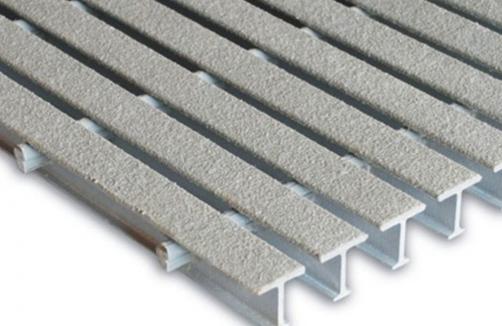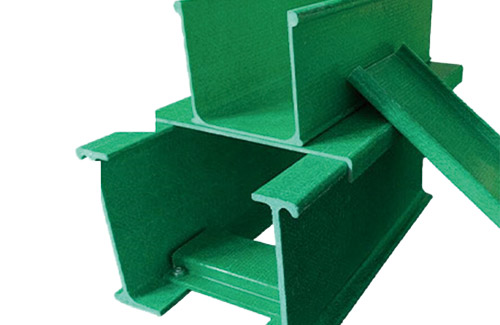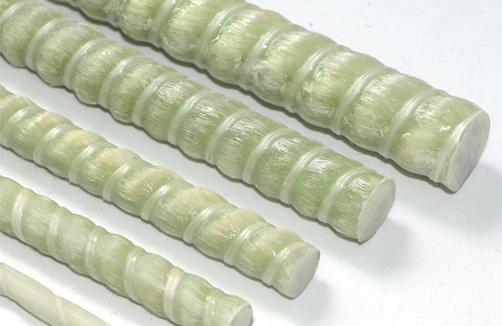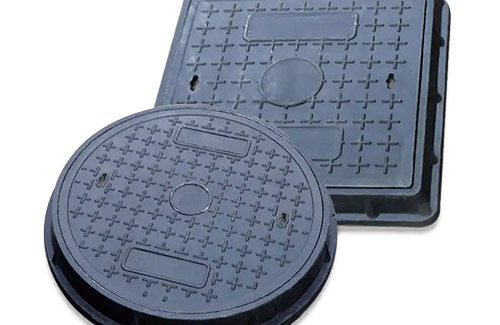Fiberglass grating is a type of plate-like material with many gaps, reinforced with fiberglass as the reinforcing material and unsaturated polyester resin as the matrix material, which is compounded through a special processing process. It has excellent characteristics such as lightweight, high strength, corrosion resistance, flame retardancy, and anti slip, and is widely used in industries such as floors, trench covers, platforms, and ship decks.
Continuous fiber winding process: This process involves the pipe passing through a feeding station that supplies resin pre impregnated untwisted coarse yarn, short cut fiberglass fibers, and resin sand mixture during movement. The pipe is made intermittently while the core mold is moving.
Traditional grille panels are prone to aging and rusting, have low strength levels, and cannot resist corrosion from the atmosphere and acid, alkali, and salt. Fiberglass grilles effectively address the shortcomings of traditional grilles, and are moderately priced and corrosion-resistant, making them a substitute for old-fashioned steel grilles, plastic grilles, and metal grilles.
Fiberglass grating is a composite of resin and fiberglass, with a lower density. Compared to steel grating, the density of fiberglass grating is only 1/4 of steel and 2/3 of aluminum, while its strength is 10 times that of rigid polyvinyl chloride, surpassing aluminum and reaching the level of ordinary steel. It is lightweight and can greatly reduce the foundation support, reducing the cost of engineering materials. The cutting device is cumbersome and does not require hot work or large lifting equipment. It only requires a small amount of manual labor and electric tools, greatly reducing the cost of the device.
High quality fiberglass grating products have no obvious cracks in appearance, fewer pores, pure color, good transparency, certain toughness, high strength, good surface brightness, and long service life; However, low-quality fiberglass grating products have cracks, numerous pores, impure colors, and insufficient glossiness in appearance. Its service life is also relatively short.
The fiberglass grating panel has received unanimous praise from the industry, with a hole opening rate of 68%, which can handle the above results. With the emergence of more and more tree shaped comb consumers, more and more collaborative methods are emerging It will not be as dense as other parts of the tree comb, but it does not assist in the growth of bamboo Good patience. Fiberglass grating is a type of lattice hollow material that does not require maintenance: the anti-corrosion maintenance category is in a relatively unwilling state, and through the use of beautification design, it can better resist the corrosion of rain and snow.
The raw materials used for fiberglass grilles are resin, fiberglass fibers, and calcium powder filled in a ratio of 1:1:1. High quality fiberglass grilles are made of high-quality resin: unsaturated ortho benzene resin 196, colorless and transparent. Low viscosity, low heat release, low shrinkage, high-speed curing, high-speed compatibility, and bright glossiness. The consumed fiberglass grille is smooth and lubricated, with good glossiness, high strength, and a certain degree of toughness. If inferior resin is used, it will become complete. On the contrary, inferior resin is turbid, high viscosity, high heat release, high shrinkage, relatively slow curing, and poor compatibility. The consumed fiberglass grating has many pores, is easy to break, and has poor strength and toughness.
Reciprocating fiber winding process (belonging to the fixed length method): In this process, the impregnation tank moves back and forth with the rotating core mold, and the long fiber glass fiber is placed with a certain angle relative to the core mold axis. The auxiliary angle (i.e. winding angle) is controlled by the ratio of the moving speed of the impregnation tank to the core mold speed, and the translational motion of the impregnation tank is controlled by computerized mechanical and electrical control. The number of winding layers gradually increases until reaching the designed wall thickness. After wrapping, the resin in the product is completely cured. After solidification, remove the core mold from the fiberglass reinforced plastic.
The original materials for fiberglass mesh are resin, fiberglass, and filled with 1:1 calcium powder. High quality FRP mesh is made of high-quality resin: unsaturated ortho benzene resin 196, colorless and transparent. Low viscosity, low heat release, low shrinkage rate, high-speed curing, high-speed compatibility, glossiness. The FRP mesh used for consumption is lubricated, glossy, strong, and has a certain degree of toughness. If inferior resin is used, it will be completely opposite. Poor quality resin has turbidity, high viscosity, high heat release, high shrinkage rate, relatively slow curing, and poor compatibility. The FRP mesh used for consumption is porous, prone to fracture, and has poor strength and toughness.








